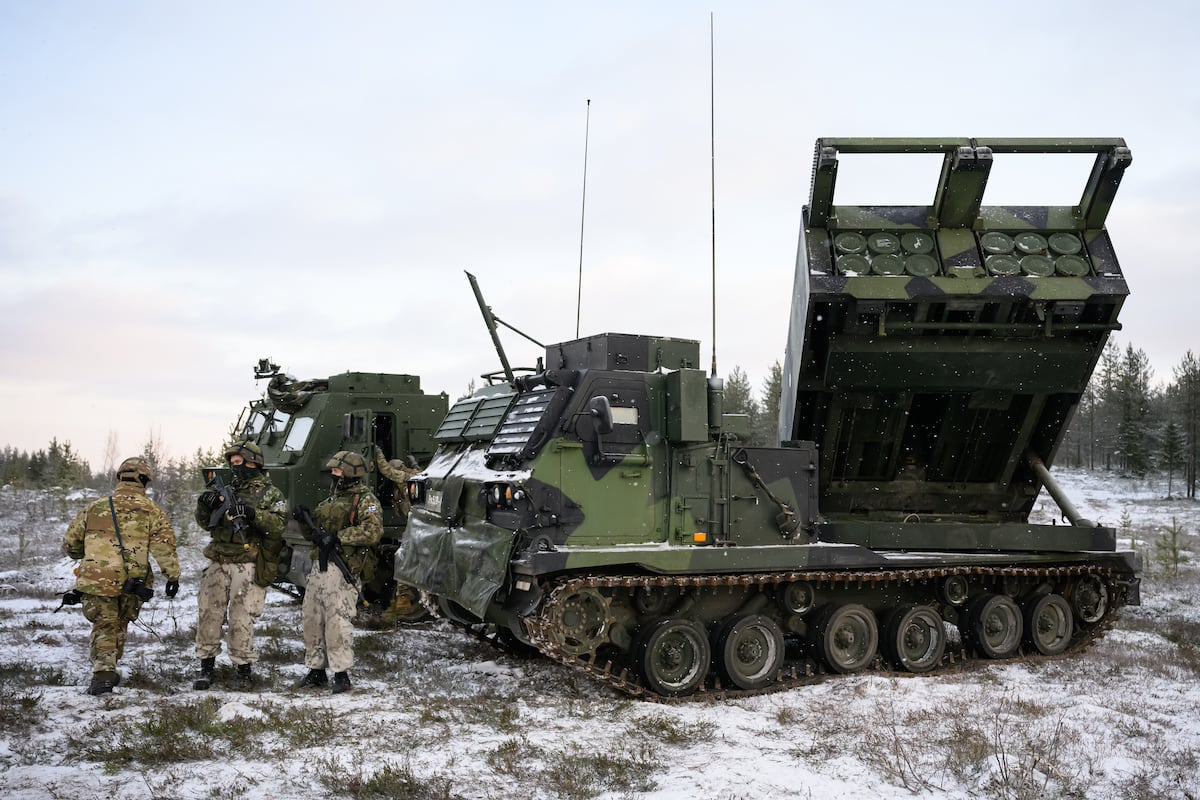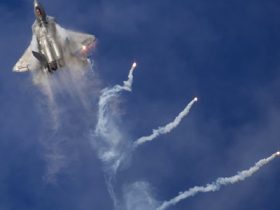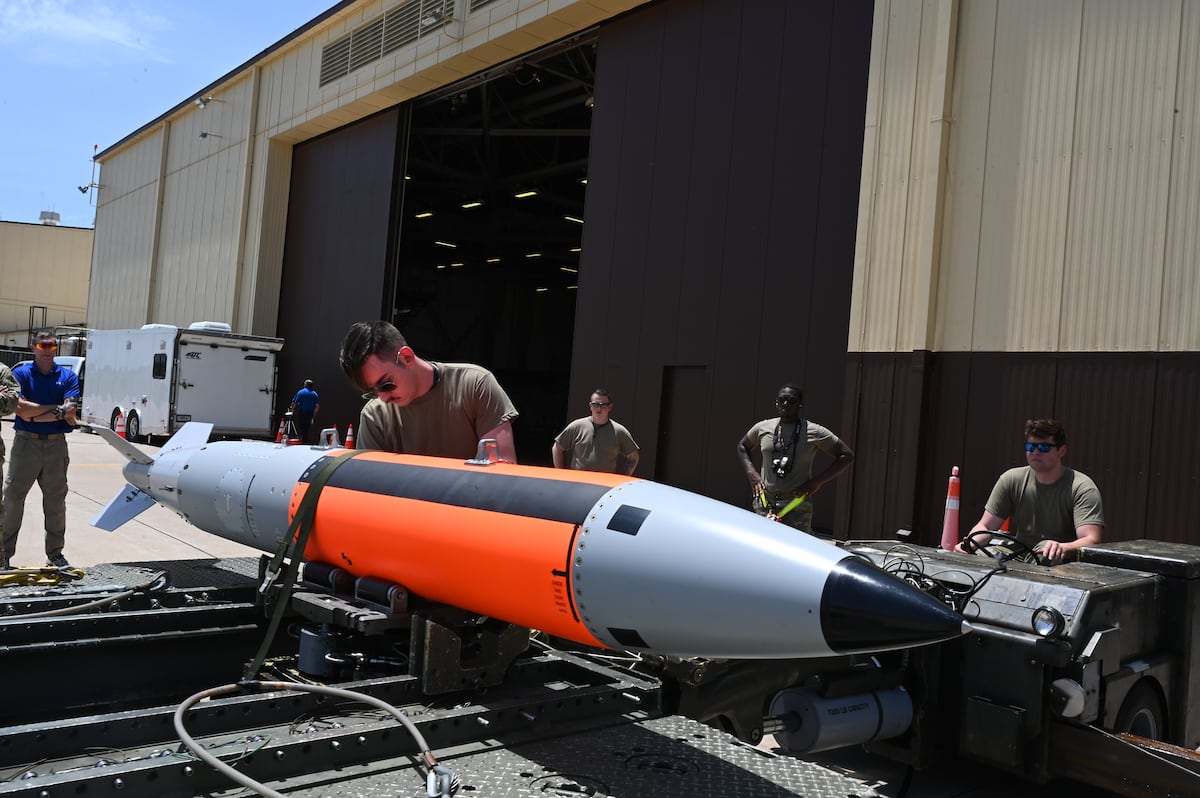MILAN – Finland has planned a live-firing event to assess the potential of laser-guided artillery munitions and their compatibility with Finnish weapons, which could provide the Nordic country with strategic advantages for long-range fires.
The logistics command of the Finnish Defense Forces (FDF) has launched a preliminary market survey to explore offerings of 155mm munitions with semi-active laser terminal homing.
These types of shells rely on a laser designator on the ground or another platform, such as a drone, to illuminate the target with a laser beam. Equipped with a laser guidance system, the shell can detect the reflected laser light and guide itself to the selected location.
“The FDF has started to plan its future on the use of special munitions such as 155mm munitions with semi-active-laser terminal homing,” the notice said. “The planning is in its early stages and it has not planned an exact schedule date to launch the possible procurement procedure.”
Additionally, the assessment phase includes a live-fire demonstration event, planned for the fourth quarter of 2026.
In contrast to traditional, unguided artillery, this type of terminal guidance is reported by manufacturers to provide forces with increased accuracy, as it can correct deviations in the shell’s trajectory in the final stage before impact.
Such an advantage can prove to be crucial, especially for militaries seeking to hit long-range targets.
Leonardo and Diehl Defence are among the companies that have developed the Volcano 155, a family of artillery ammunition that includes guided projectiles equipped with a semi-active laser terminal homing sensor.
At the IDEF defense exhibition, held in Istanbul from July 22-27, Turkish company Roketsan showcased its new LG-155, an artillery round with semi-active laser guidance. According to the manufacturer, it can operate in areas where GPS navigation is contested.
Over the last three years, both Russian and Ukrainian forces have made use of different laser-guided shells. Ukraine has also recently developed its laser weapon system, dubbed the Tryzub, which is claimed to be effective against detecting drones and diverse aerial threats.
A significant downfall of laser-guided artillery munitions is that they are vulnerable to jamming, where countermeasures have the potential to interfere with the shell’s laser signal, leading to it missing its engagement.
Elisabeth Gosselin-Malo is a Europe correspondent for Defense News. She covers a wide range of topics related to military procurement and international security, and specializes in reporting on the aviation sector. She is based in Milan, Italy.
Read the full article here








Leave a Reply